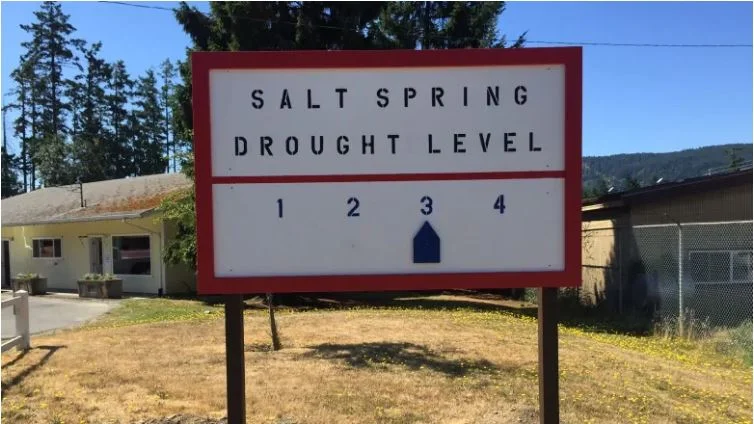There is a complex, counterintuitive relationship between rising global temperatures and the likelihood of increasingly intense snowstorms across Canada. Winters are becoming on average milder and warmer than they used to be, but there has also been a noted rise across the country in extreme weather events, such as intense snowstorms, said John Clague, a professor of geosciences at Simon Fraser University, in Burnaby, B.C.People might think it illogical that parts of the country are seeing more snowstorms as the climate warms, he said. “What climate modelers are finding is that climate change involves more frequent extremes.”
H2O Innovation Is Granted its First Blue Loan of $65 M to Fund its Continued Growth in Water Technology and Solutions
H2O Innovation (“H2O Innovation” or the “Corporation”) has collaborated with National Bank of Canada to develop a sustainable financing solution to fund the Corporation’s continued growth in water technology manufacturing and services by structuring its first Blue Loan. In addition, the Corporation increased its revolving credit facility by $10 M. The credit facility now stands at $65 M.
In time of climate crisis, Manitoba unveils new water strategy
From nutrient-rich wetlands and 100,000 lakes to a dry southern region and an Arctic port, Manitoba is a province defined by water — after all, nearly a fifth of the province is covered in it. Now, in an update nearly 20 years in the waiting, the Manitoba government has released a strategy to manage its water resources — factoring in the impacts of a warming climate for the first time.
Researchers heading north to study glaciers in N.W.T., Nunavut
Nestled between jagged mountain peaks in Nahanni National Park Reserve, N.W.T., the Bologna Glacier stores water and serves as a smooth transportation corridor for animals like caribou, porcupines and wolverines. But, like ice all over the world, it's melting and shrinking in the warming climate, leaving the future uncertain for creatures that travel across it and ecosystems that exist below it — including the South Nahanni River, to which its melt water flows.
A Canadian in Iceland: The country's first lady on how her adopted home is tackling climate change
But it's the wetlands and bird sanctuary, just a few metres away on the presidential estate, to which Reid and her husband, President Guðni Jóhannesson, draw the attention of a visiting CBC News crew. "We had ditches there," Jóhannesson said, pointing to a grassy area close to the shoreline. "They were dug in the 1930s to cultivate the land. Now, we are filling up those ditches [with water]. It's a case of wetland reclamation."
Water shortage on Salt Spring Island sparks call for change
Since Salt Spring Island's only public laundry facility closed in 2016, resident Cherie Geavreau has wanted to open a new one, but there's a big obstacle in the way. The local authority that regulates and distributes the island's water has placed a moratorium on water usage, and hasn't yet decided whether to allow the larger water pipe that Geavreau needs to run the laundromat efficiently.
Great Lakes are rapidly warming, likely to trigger more flooding and extreme weather
The Great Lakes region is warming faster than the rest of the U.S., a trend that is likely to bring more extreme storms while also degrading water quality, worsening erosion and posing tougher challenges for farming, scientists report. In a report commissioned by the Chicago-based Environmental Law & Policy Center, the annual mean air temperature in the region increased 0.89 C in the periods 1901-60 and 1985-2016 — compared to 0.67 C for the rest of U.S.








